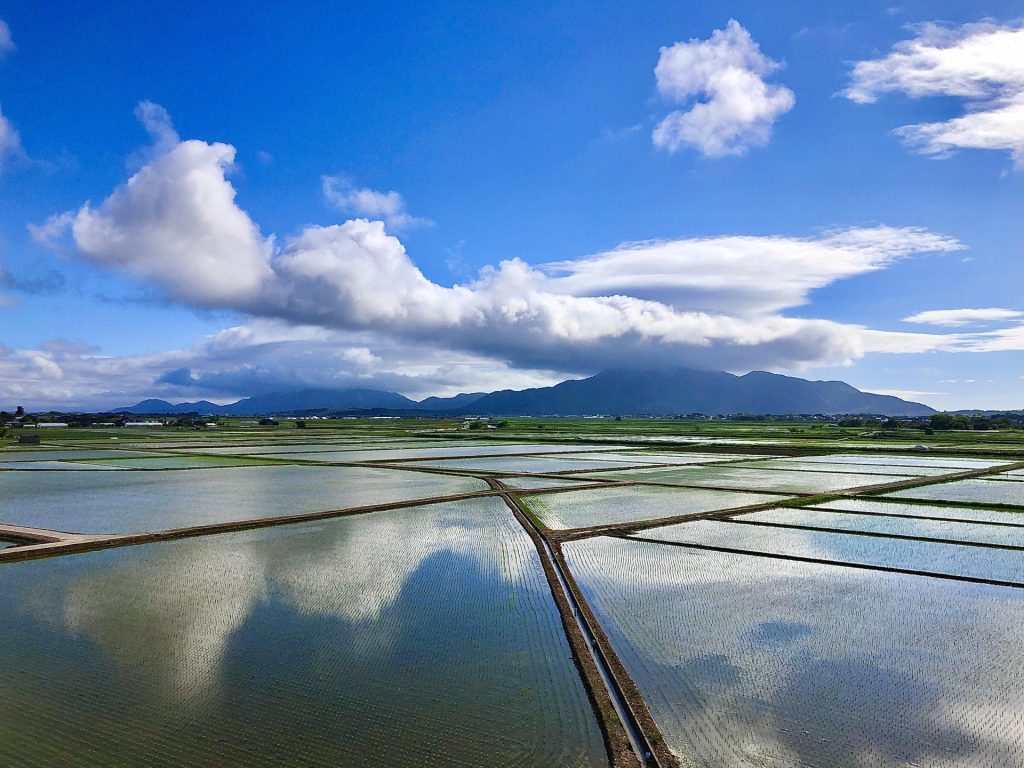
A seven-day cycling exploration of Niigata and Sado Island
Niigata Prefecture is a land where the bounty of the earth meets the artistry of skilled craftsmen. It is often celebrated for its trinity of treasures: exceptional rice, exquisite sake and the freshest seafood. But beyond these renowned delights lies a region rich in history, culture, and breathtaking landscapes, waiting to be discovered. A seven-day cycling adventure carries you beyond the familiar, unveiling a deeper narrative woven through centuries of trade, cultural exchange, and the enduring spirit of its people. From bustling port cities that once rivaled the capital to the storied legacy of Sado Island’s gold, this journey combines scenic cycling routes with immersive experiences, revealing a captivating blend of natural beauty and places filled with historical significance
Day 1: A Journey into Niigata’s Rice Country
The adventure begins at Echigo Yuzawa Station, a convenient access point for exploring the region. Here guides provide comprehensive bike fitting before embarking on a ride along the Golden Route. This path meanders through the heart of Niigata’s rice-producing region, showcasing the iconic landscapes of verdant rice paddies. A visit to a local rice factory provides insight into the cultivation and processing of this staple food. Lunch is served at Keiyakien, a beautifully preserved 150-year-old thatched-roof farmhouse, offering a taste of local cuisine.
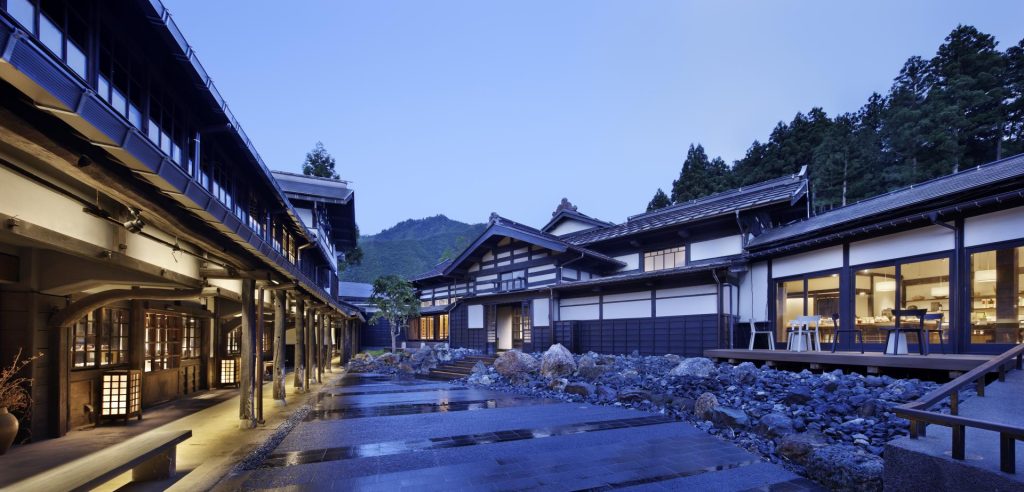
The afternoon features a choice between two distinct cultural experiences: exploring of the Hakkaisan Yuki Muro, a traditional snow storage facility, which demonstrates ingenious adaptation to the region’s climate, or a visit to a local sake brewery, where the intricate process of sake production can be observed. The day concludes at Ryugon, a traditional accommodation in the snow country, where a multi-course dinner highlights regional specialties.
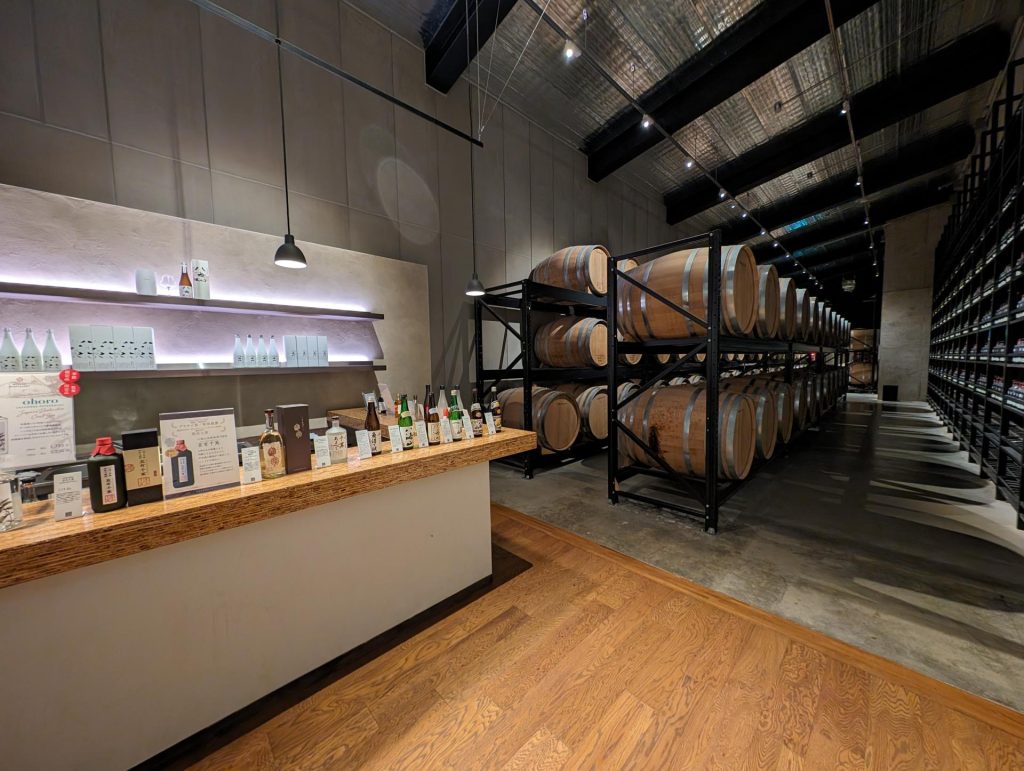
Day 2: Cycling Through History and Art
Day two features a ride through the historic Shiozawa post town, a reminder of the region’s past as a vital stop along the Mikuni Kaido, a significant trade route connecting Edo (Tokyo) with the northern regions. This route offers a tangible connection to the area’s history and its importance in facilitating the movement of goods and people. A hands-on lunch-making experience at Kakino Kian provides a deeper understanding of local culinary traditions.
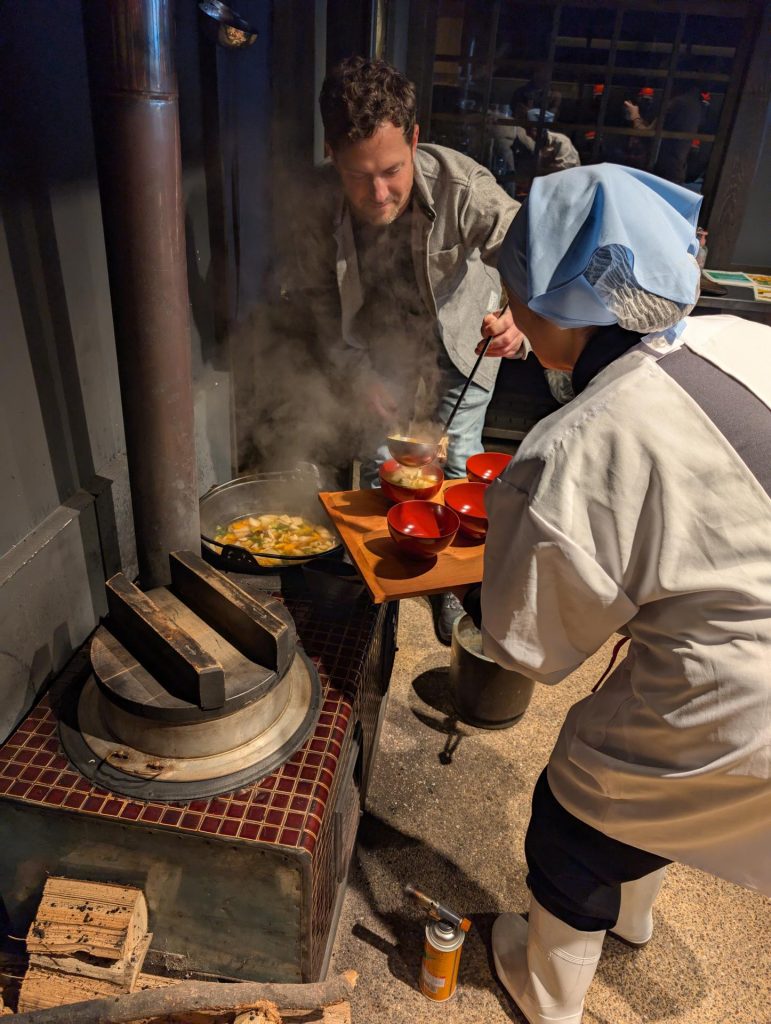
The cycling route incorporates encounters with contemporary art installations that interact with the natural environment, creating a unique blend of art and landscape. The day ends in Matsunoyama Onsen, and an overnight at Tamakiya, a “sake ryokan,” featuring a French-inspired dinner paired with local sake.
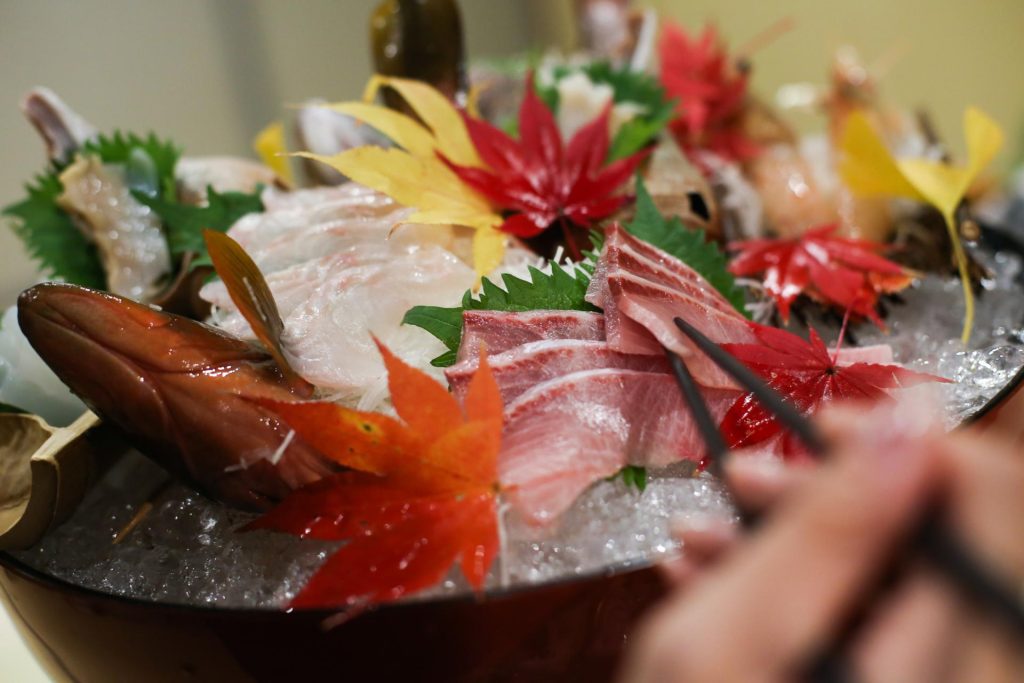
Day 3: Cycling Through History and Art
The morning begins with a scenic cycle to the Kamou Rice Field, where breakfast is enjoyed amidst the expansive views. The route then leads to Oginoshima Village, a remarkably preserved collection of traditional thatched-roof farmhouses, offering a window into rural life from past eras. A visit to a washi paper-making workshop provides an opportunity to learn about this traditional craft.
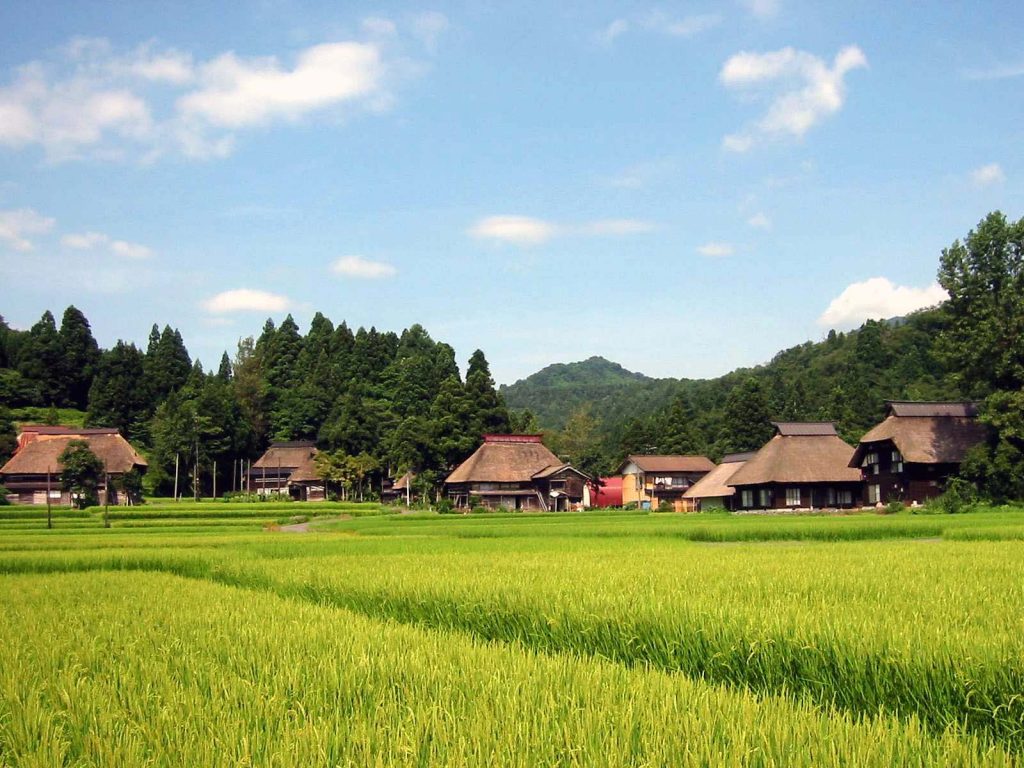
After lunch, the route continues to the historic Hasegawa House, a well-preserved example of a merchant’s residence, reflecting the prosperity brought by trade. A transfer to Nagaoka Station precedes a bullet train journey to Niigata City. Niigata flourished as a vital port and the largest city in Japan during the Edo Period—surpassing even Edo in size for a time. Its strategic location on trade routes contributed to its growth and influence. The evening is spent exploring the historic Furumachi District, once a vibrant geisha district and a testament to the city’s cultural richness, followed by dinner at a local restaurant.
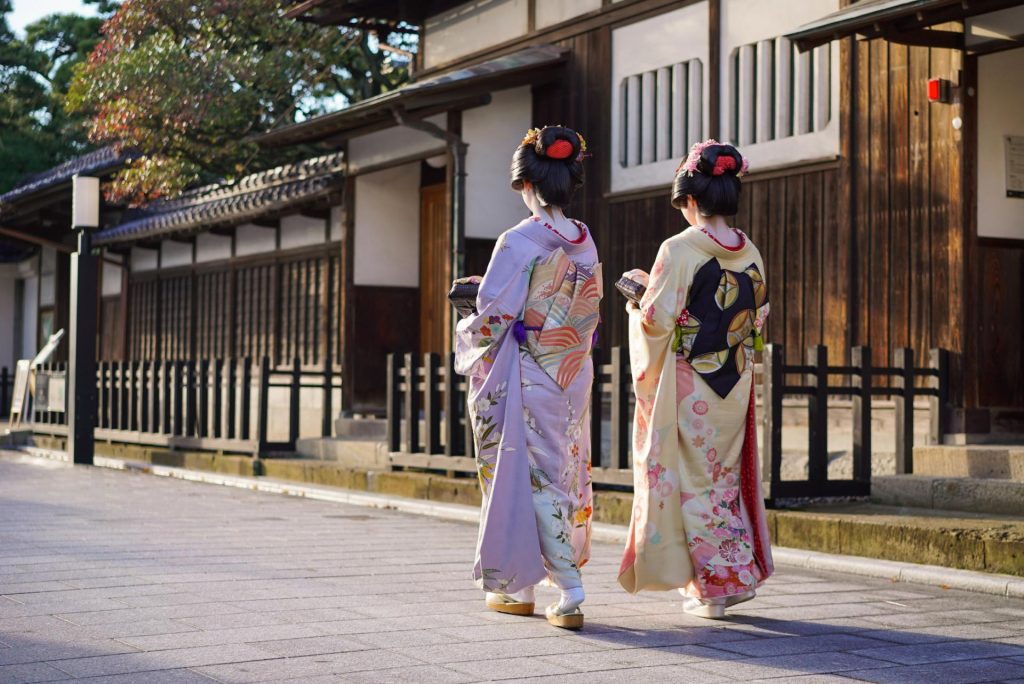
Day 4: Sado Island: Arrival and Coastal Scenery
A ferry journey from Niigata ends on Sado Island. This island has a colorful history and an abundance of natural beauty. The cycle from the part to Lake Kamo Lookout is rewarded with panoramic views. Lunch is served at Soba Dozen, a local shop specializing soba noodles. The afternoon includes a visit to Toki Terrace Lookout, a great place to see Japanese Crested Ibis (toki) and learn about the island’s conservation efforts. The route also takes in Seisuiji and Chokokuji Temples, offering a glimpse into Sado’s spiritual heritage, and the remarkable Iwabuki Dragon Rice Terraces, a UNESCO World Heritage Site. The day concludes with a stay at Karafuru and fresh seafood dinner.
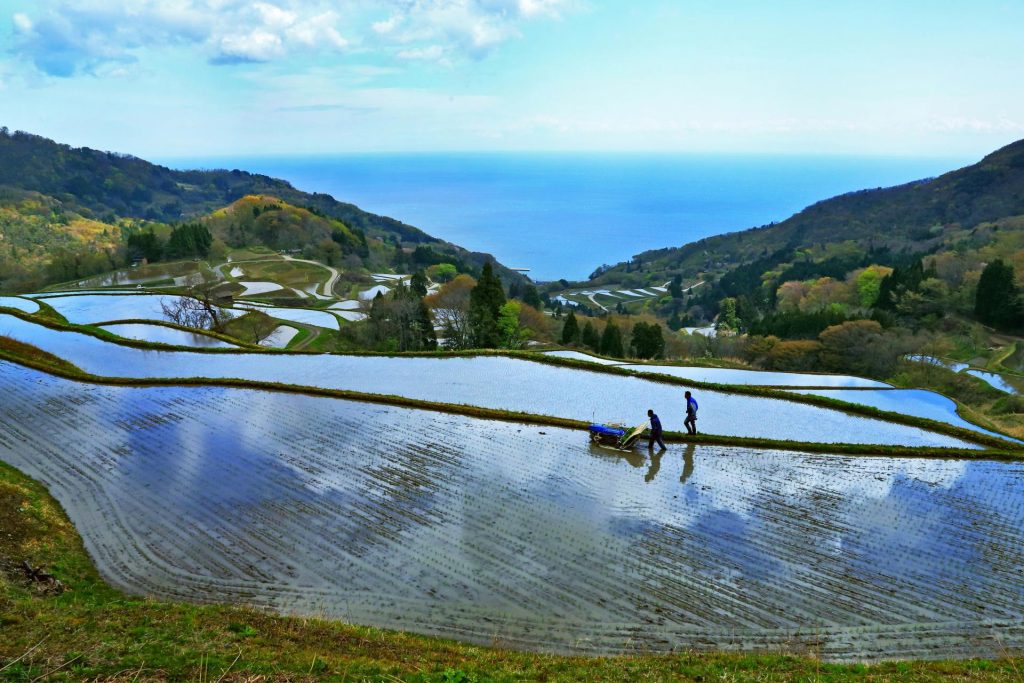
Day 5: Sado’s Culture and Traditions: The Legacy of Gold
Day five delves further into Sado’s cultural heart. Visits to the Mushilo Cacao Club and the Hokusetsu Sake Brewery offer insights into local food and beverage production. The charming villages of Yajima Kyojima and Shukunegi showcase traditional architecture and craftsmanship. Lunch is enjoyed at Anaguchi Tei, known for its seafood and ocean views.
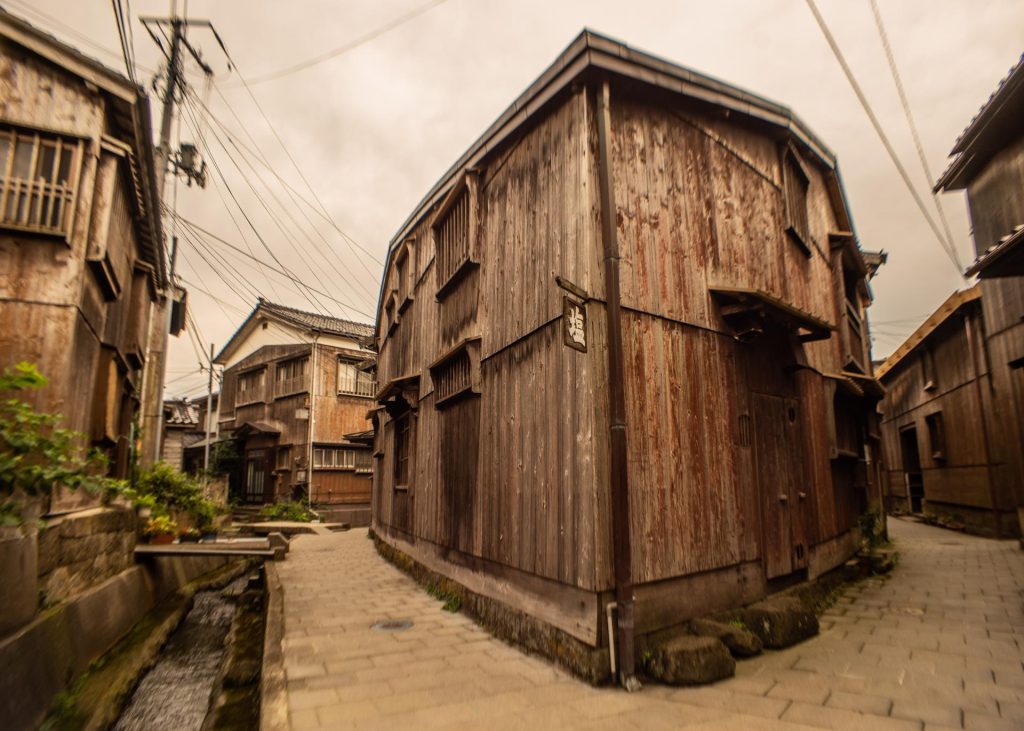
The afternoon includes a visit to Mikoiwa, a striking rock formation, and the Kodo Taiko Center, where participants can experience the dynamic art of taiko drumming. Sado Island’s history is inextricably linked to the Sado Gold Mine, which, for centuries, was a major source of wealth for Japan. Its influence shaped the island’s culture and economy. After checking in at Grape Orchard Villa Andante, the day is topped off by a private dinner and Noh performance at the historic Daizen Shrine.
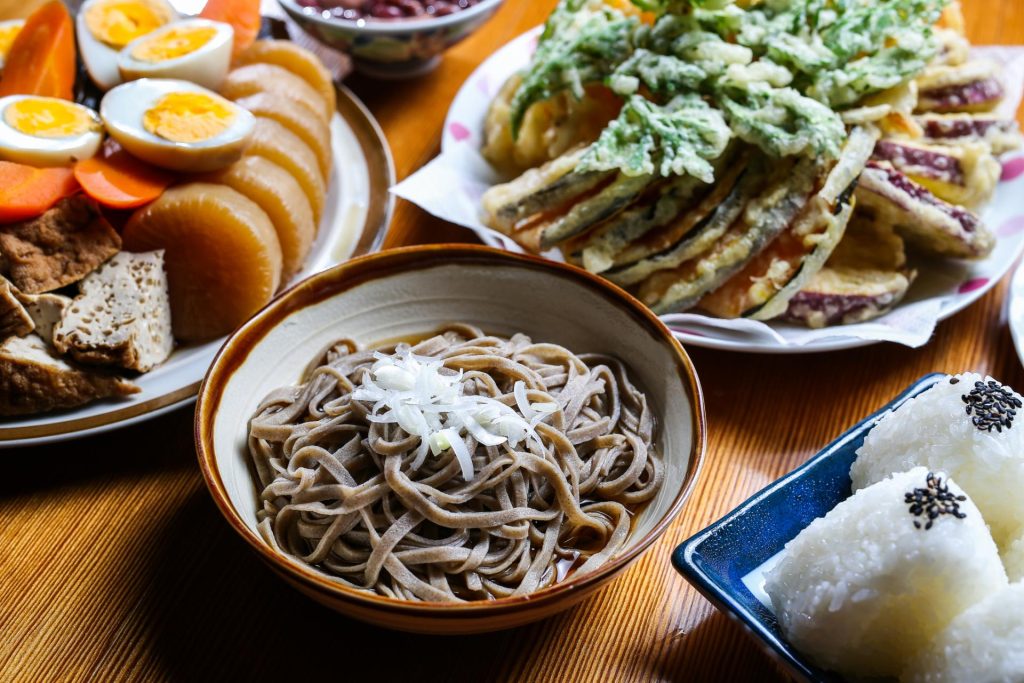
Day 6: Exploring Sado’s North and Mining History
The cycling route continues along Sado’s northern coast, taking in the Mano Goryo Mausoleum, the resting place of Emperor Juntoku, and Myosenji Temple, a Zen Buddhist temple. Lunch is served at the beachfront La Plage restaurant. The afternoon is dedicated to exploring the Sado Gold Mine, providing a fascinating look into the island’s mining history and its impact on the region. This mine’s output played a significant role in Japanese history. The day concludes in Koyamachi, a district that retains its Edo-era atmosphere, followed by a stay and farewell dinner at the Oosado Hotel.
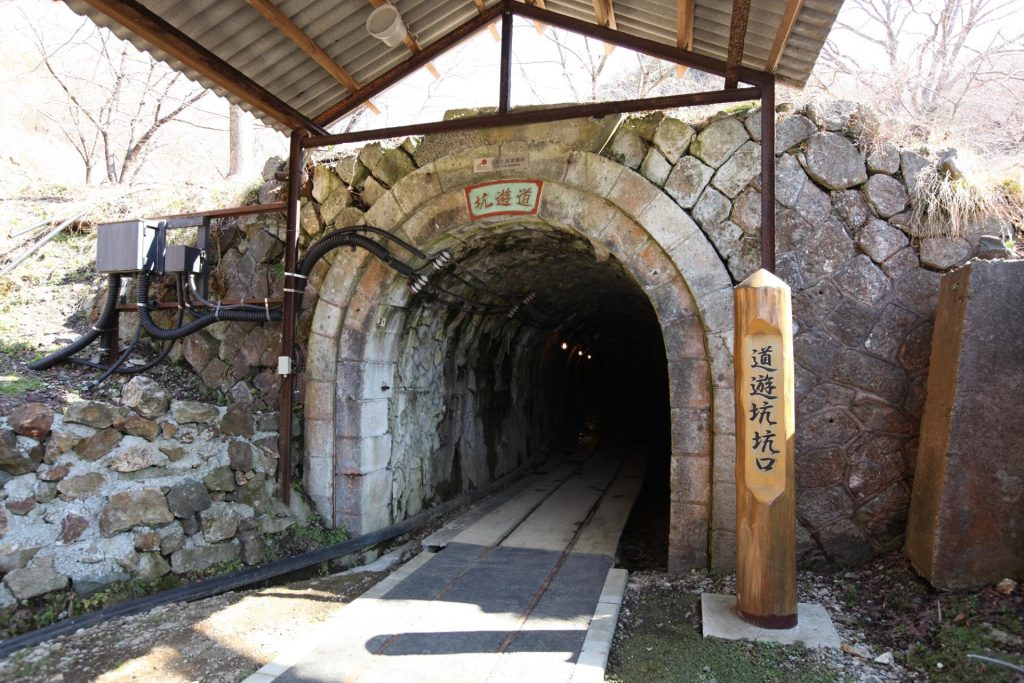
Day 7: Departure from Sado and Niigata
The final morning begins with breakfast at the Oosado Hotel and a transfer to the port for the ferry journey back to Niigata City. The tour concludes at Niigata Station, where travelers can bullet train back to Tokyo or continue their Japan adventures.
To book this Niigata cycling adventure, contact Kodo Travel at kodotravel.com/get-in-touch.



